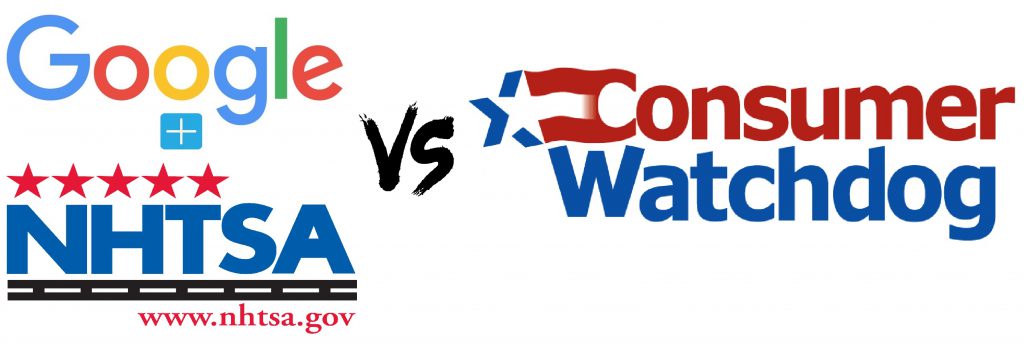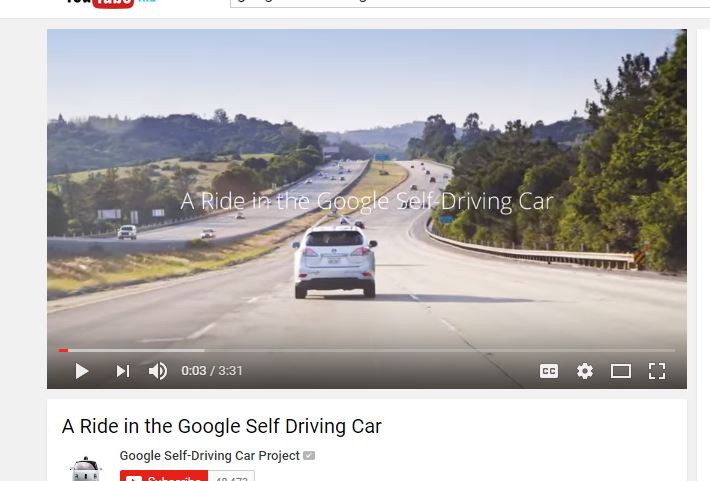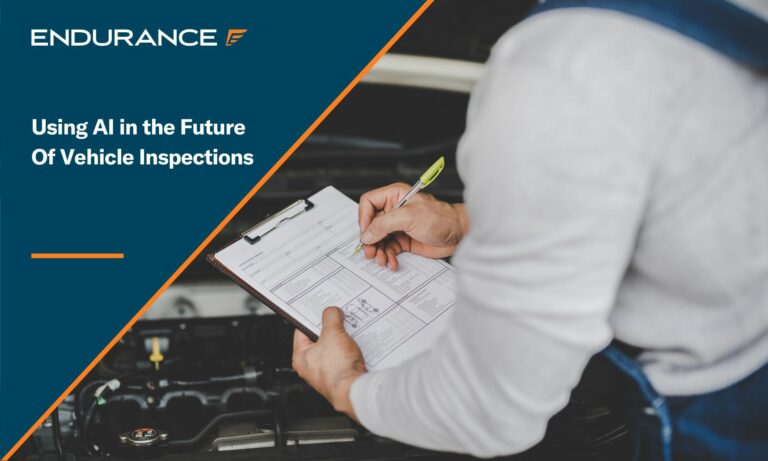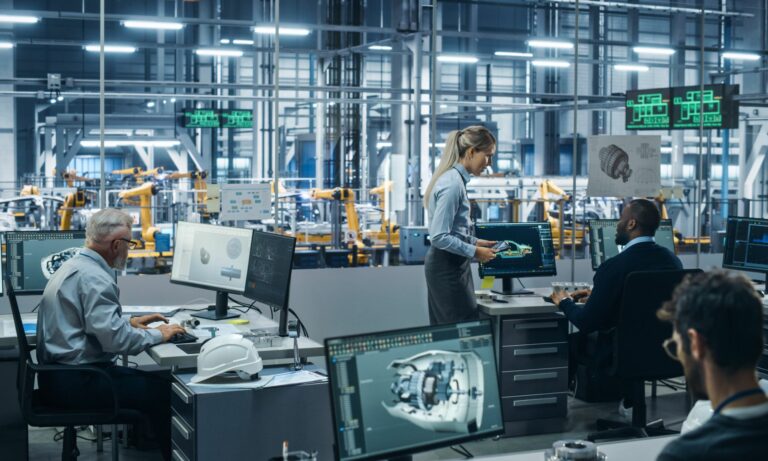Get this deal! Call now.
Speak with a vehicle protection plan specialist and get $300 off any new contract instantly.
Call 866-678-4172
All around the world, automakers and tech companies are hard at work creating and refining autonomous vehicles to be ready for the public in the coming years. With that in mind, governments are also working hard, they are deliberating as to how best to ensure the safety of the public regarding these vehicles and tech. It’s telling that this is in fact part of the larger reason as to why the creation of self-driving cars is happening in the first place: the hope that these can be programmed to make fewer mistakes than us silly human drivers. Engineers believe that technology has the ability to respond more quickly to the problems that drivers face and with the fact that robots don’t get tired, distracted, or drunk (as we learned from the Terminator films) the appeal of this development is unmistakable. Right now Google, Apple and many others have been testing self-driving cars for some time and have sporadically released reports both as required and as marketing. In fact, this month marks Google’s efforts to continue advancing their research by pressing the National Highway Traffic Safety Administration to fast-track rules governing the testing of autonomous vehicles.
That sounds all well and good, but some remain skeptical. Mainly, nonprofit consumer safety organizations like Consumer Watchdog who have their own major concerns, and have just made requests of their own to NHTSA. First and foremost, Consumer Watchdog are asking that one of the rules are that a driver is always required behind the wheel, and all autonomous cars are equipped with a steering wheel, brake, and accelerator in case a human needs to take over the controls.

The organization has corroborated Google’s reports and noted that during 15 months and 424,331 miles of testing, the autonomous system failed 272 times, and that the human drivers felt the need to intervene an additional 69 times.
Consumer Watchdog’s Privacy Project Director, John M. Simpson issued a statement claiming that the reports prove how there are routine traffic situations where a self-driving system can’t handle, that a human driver can. He believes that it is important that an actual human driver would stay behind the wheel in order to be ready and to take control in those instances. He, along with the group, believes that self-driving robot cars are not yet ready to safely manage enough traffic situations without the need for the human element.
With this latest development and hopefully companies like Google responding in kind, when driverless cars are made available to the public they will indeed help to make the roads safer (and less congested, and more accessible) for everybody. It’s left for companies like Google to take the time to figure out how to improve safety through vehicle autonomy, and it is absolutely in our mutual interest for them actually to share that information. We’ve looked into what a possible “safety net” of human controls or other fail-safes for these systems but it’s still unknown if they will be in the final designs. However, a complete pushback, is more likely to keep us all in the dark longer leaving our future roads all the more murky and uncertain.

Artificial intelligence (AI) is everywhere at the moment. With the rise of Midjourney and ChatGPT, it’s been dominating the headlines for the last year or so, but these applications are..

Technology has changed many aspects of people’s daily lives. Things like phonebooks and VCRs have given way to devices and systems that make accessing information quicker and more convenient. Artificial..

Since the early days of the automobile, carmakers have sought to introduce ever-increasing levels of automotive technology to their offerings. General Motors gets credit for the first automatic transmission in..

Your protection is our top priority. Your quote is in progress and you will
receive a confirmation
email shortly.

We're here to make sure you get the most comprehensive EV protection. That's why we've partnered with Xcelerate Auto to offer you transparent and dependable Tesla coverage.
Want us to contact you about XCare coverage for your Tesla?



Sign up and get $300 off your new contract!
By clicking the button, you consent to Endurance using automated technology to call, email, and text you using the contact info above, including your wireless number, if provided, regarding auto protection or, in California, mechanical breakdown insurance. You also agree to the Endurance Privacy Policy and Terms and Conditions. Consent is not a condition of purchase, and you can withdraw consent at any time. Message and data rates may apply.
Speak with a vehicle protection plan specialist and get $300 off any new contract instantly.
Call 866-678-4172

Simply fill out the information below and we will follow up fast with your free no-obligation quote.
By clicking the button, you consent to Endurance using automated technology to call, email, and text you using the contact info above, including your wireless number, if provided, regarding auto protection or, in California, mechanical breakdown insurance. You also agree to the Endurance Privacy Policy and Terms and Conditions. Consent is not a condition of purchase, and you can withdraw consent at any time. Message and data rates may apply.
Alex has worked in the automotive service industry for over 20 years. After graduating from one of the country’s top technical schools, he worked as a technician achieving a Master Technician certification. He also has experience as a service advisor and service manager. Read more about Alex.